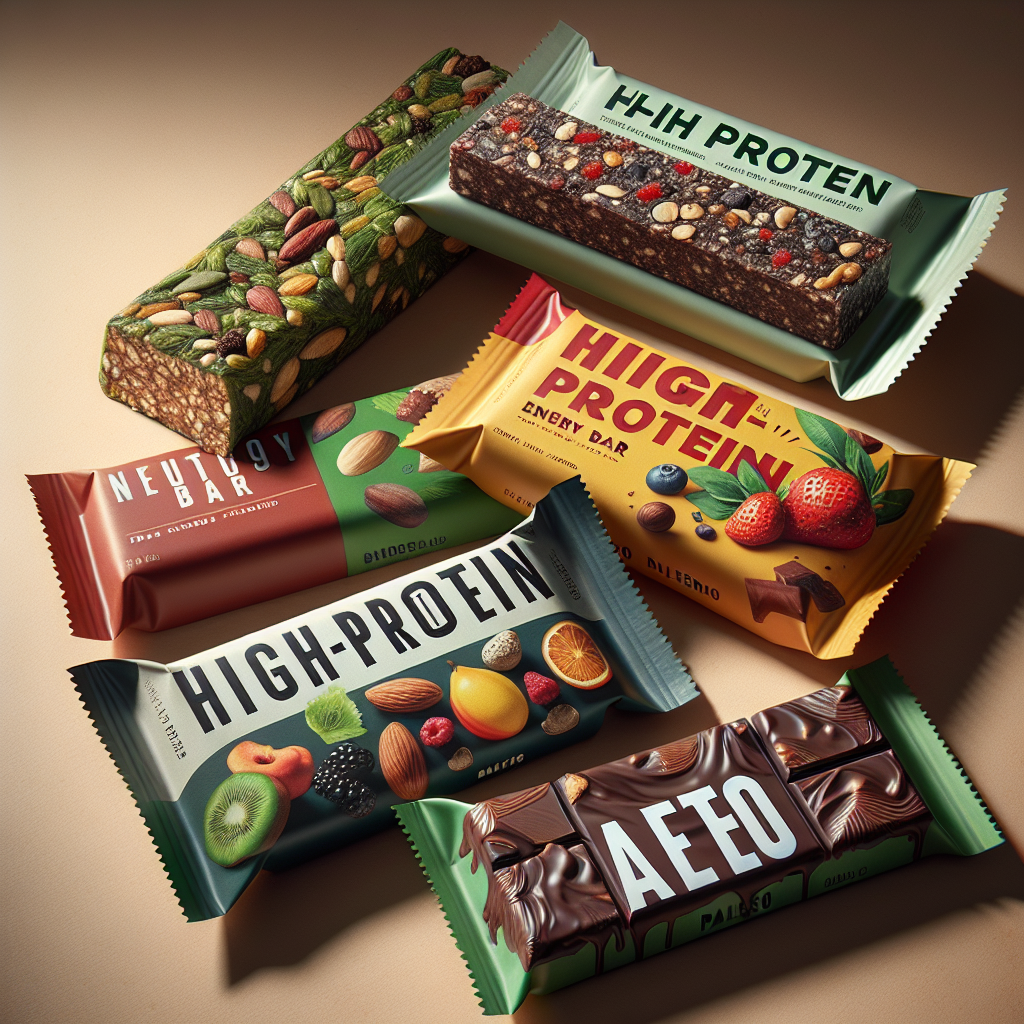
The Ingredients You Should (and Shouldn’t) Find in Your Nutrition Bar
Nutrition bars have become a staple for many seeking quick and convenient sources of energy and nutrients. However, not all bars are created equal. As consumers become increasingly health-conscious, it’s essential to understand what ingredients to look for and which ones to avoid when selecting a nutrition bar. This article will guide you through the most beneficial ingredients and those best left on the shelf.
Ingredients to Look For
-
Whole Foods
- Nuts and Seeds: Almonds, walnuts, chia seeds, and flaxseeds are excellent sources of healthy fats, protein, and essential vitamins and minerals.
- Whole Grains: Ingredients like oats and brown rice provide complex carbohydrates that release energy slowly, helping to keep you full longer.
- Dried Fruits: Options like raisins, apricots, and dates not only add natural sweetness but also incorporate fiber, antioxidants, and nutrients.
-
High-quality Protein Sources
- Whey or Plant-based Proteins: Look for bars that use high-quality protein sources, such as whey, pea, hemp, or brown rice protein. These help in muscle repair and recovery.
- Nut Butters: Peanut, almond, or sunflower seed butter not only add flavor but also provide protein and healthy fats.
-
Natural Sweeteners
- Honey or Maple Syrup: These natural sweeteners offer a healthier alternative to refined sugars while providing additional nutrients.
- Stevia or Monk Fruit: Plant-based, zero-calorie sweeteners that can satisfy your sweet tooth without the drawbacks of sugar.
-
Fiber
- A good nutrition bar should contain at least 3-5 grams of fiber per serving. Look for ingredients like oats, chia seeds, or inulin that contribute to a higher fiber content, promoting digestion and satiety.
-
Vitamins and Minerals
- Bars fortified with vitamins and minerals can be beneficial, particularly if the bar is intended as a meal replacement or for athletes needing additional nutrients. Check for bars that contain added micronutrients without synthetic additions.
- Minimal Processing
- Opt for bars that are minimally processed and contain whole-food ingredients. This indicates a healthier product overall without artificial additives.
Ingredients to Avoid
-
Refined Sugars
- Ingredients like high fructose corn syrup, cane sugar, or glucose syrup can spike blood sugar levels and provide empty calories. Instead, look for bars sweetened naturally with healthier alternatives.
-
Artificial Ingredients
- Preservatives: Chemical preservatives and artificial flavors can compromise your health. Aim for bars with natural preservatives like vitamin E or those without any additives.
- Artificial Sweeteners: While zero-calorie options might be tempting for those watching their intake, ingredients like aspartame or sucralose can have adverse effects on gut health and metabolism.
-
Excessive Saturated Fat
- Ingredients like palm oil or cocoa butter should be limited in nutrition bars. Instead, look for bars that use healthy fats from nuts or seeds.
-
Gluten and Other Allergens
- While gluten is not inherently bad, those with gluten sensitivities or celiac disease should avoid it. Look for gluten-free options that use oats or other gluten-free grains.
-
High-Calorie Counts
- Not all calories are created equal. Avoid bars that contain more than 200-300 calories but provide little nutritional value; these can lead to overconsumption without sufficient benefits.
- Fillers
- Ingredients like maltodextrin or other fillers may bulk up the bar but offer minimal nutritional benefits. Focus on bars with a cleaner ingredient list.
Conclusion
Choosing a nutrition bar can sometimes feel daunting amidst a sea of options. By keeping an eye on beneficial whole-food ingredients while avoiding those that are ultra-processed or laden with sugar, you can ensure that you’re making a sensible choice that aligns with your health goals. Whether you’re looking for a quick snack, a workout fuel, or a meal replacement, understanding the ingredients in your nutrition bars will empower you to nourish your body effectively. Always read the label, prioritize nutrient-dense options, and don’t hesitate to experiment with different brands and flavors to find the bars that best suit your dietary needs and preferences.




